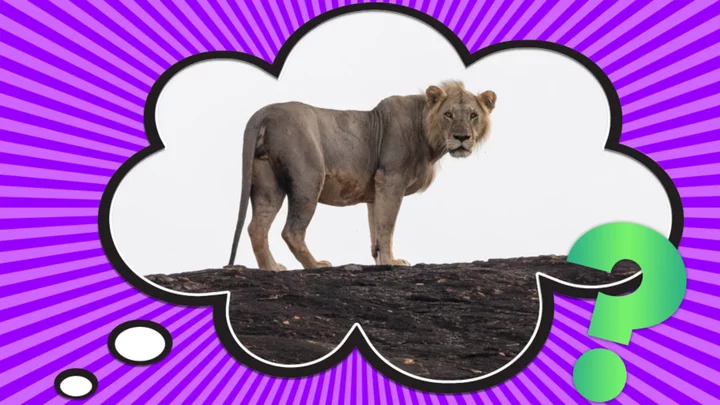Like a cheetah’s spots or a zebra’s stripes, a male lion’s mane is perhaps the animal’s most iconic feature. But there is actually a significant amount of variation in the king of the jungle's ’do, from voluminous golden locks to none at all.
Check the Temperature
For years, scientists identified different lion species and subspecies, in part, by the length of their locks. They believed that mane length was a genetic characteristic, passed down from generation to generation.
But a 2006 study by Bruce Patterson, now the curator emeritus of mammals at the Field Museum in Chicago, revealed that the length can largely be attributed to climate. According to the museum, the temperature of a zoo lion’s environment is responsible for up to half of the span and density of its mane. While genetics may also be a factor—some of the big cats may be predisposed to longer, more luxurious manes—temperature can cause a huge amount of variation. This means scientists may need to reevaluate some of their existing taxonomy.
Patterson studied lions at 17 zoos across the United States, recording area temperatures and the length of the hair around each mammal’s neck. He found that those in colder climates had significantly longer strands than those in warmer areas. Because manes take energy to grow and maintain, lions in warmer temperatures, who don’t need the ring of hair to keep warm, simply grow smaller ones.
The Tsavo Lions
While it’s relatively rare, some lions in particularly extreme heat don’t grow manes at all. In fact, Patterson’s study was inspired by two such lions—the famous Tsavo man-eaters.
Back in the late 19th century, the Tsavo lions hunted and killed as many as 135 people in Tsavo, Kenya. They were eventually shot, killed, and donated to the Field Museum where, close to a century later, Patterson became transfixed by their maneless condition. “Even a small mane can be imposing in hot dry climates, where the costs of overheating are great and most male lions have little or no mane,” Patterson said in a Field Museum news article. “This is the case in Tsavo, Kenya, where most lions are maneless.”
As for why the Tsavo lions went after people, Patterson and his colleagues posited that the animals’ dental issues—which included broken and missing teeth and abscesses—could have contributed to their human-centric diet. Patterson said in a statement that “Humans are so much easier to catch” than typical lion prey like wildebeests.
Now that you know why some male lions have manes and some don’t, find out whether lions are really brave and why the animals were so funny looking in old illustrations.
A version of this story ran in 2015; it has been updated for 2023.
This article was originally published on www.mentalfloss.com as Why Do Some Male Lions Lack Manes?.

